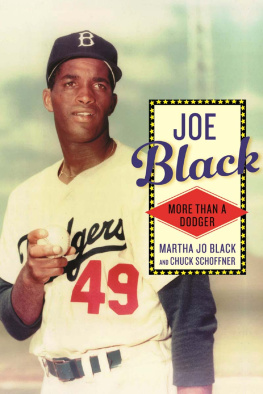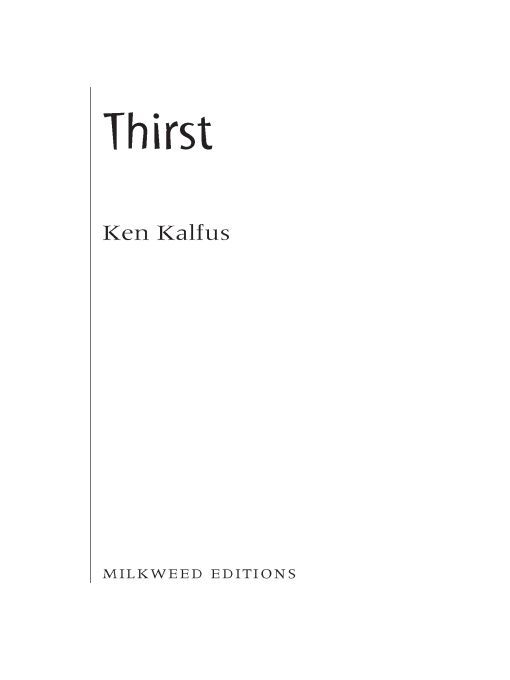Table of Contents
Also by Ken Kalfus
Pu-239 and Other Russian Fantasies
The Commissariat of Enlightenment
A Disorder Peculiar to the Country
For Inga
Sullivan Street, Rue de la Sorbonne, Cromwellsfort Road, Lennox Street, East Fourth Street, Main Street, Route 202, West Seventh Street, Kater Street, Ulica Gospodar Jevremova, Ulica Vojislava Vukovica, West Rittenhouse Square, Kutuzovsky Prospekt, Benjamin Franklin Parkway, South 24th Street
... but it is a melancholy of mine own, compounded of many simples, extracted from many objects, and indeed the sundry contemplation of my travels, in which my often rumination wraps me in a most humorous sadness.
As You Like It
Act IV, Scene I
Notice
Copyright 2010. All rights reserved. No part of this paragraph may be reproduced or transmitted in any form or by any means, electronic, mechanical, oral, or telepathic, including photocopy, recording, transcription, tracing, hot type, cold type, mimeograph, ditto (in school, the copies, made between classes, would be handed to us while they were still warm and moist, their ink bearing a thick, intoxicating fragrance that would compel us to raise the sheets to our faces and think, so, this is what blue smells like), teletype, telefax, telephone, semaphore, skywriting, whisper, seance, confession, FTD, floppy disk, hard drive, RAM, careful longhand on rare vellum, silk screen, or any information storage and retrieval system without written permission except in the case of brief quotations embodied in articles, reviews, profiles, commentaries, biographies, musical comedies, halftime shows, and literary prize announcements. Requests for permission to make copies of any substantive part of this paragraph should be sent to the author (who really does have this happy memory of ditto inks alcoholic vapor, which when inhaled deeply, as if we were sampling the air of a lush field, would induce a wicked giddiness, among the other exalted effects of printed matter), who, quite frankly, would be flattered to get mail of this sort and would consider such requests in a favorable light as, the above sentence notwithstanding, he seeks to have this paragraph communicated in all languages and by all technologies, not for personal or proprietary reasons, but to bring another facet of the whole that exists to general awareness. Just drop me a note. My e-mail address is kenkalfus@yahoo.com. Except in the case of obvious satirical intent (an exception that applies to this entire paragraph, which resembles the device that provides copyright protection but is without that protection itself), all the characters in this paragraph are fictitious, and any resemblance to actual persons, living or dead, including the author, is purely coincidental, or at least unpredictable. Between what we describe and the truth lies a poorly marked border, and in a writers desperate wanderings he will occasionally cross it and then, unawares, meander back (Im not quite satisfied with the above description of ditto ink. There are other details: the paper soaked up the blue, plumping and softening the letters, as if it too were intoxicated by the ink; this lightened the letters color, slightly empurpling them, a transformation that defied simile until I witnessed the rush of twilight one summer morning a few years later; I never saw the ditto machine but imagined it as a hand-powered, gracefully constructed device of a few large gears and levers; the sight of thirty adolescents pressing inky sheets of paper against their faces as if, I imagine now, engaged in some cultish ceremony never seemed remarkable; a girl whom I had known since kindergarten, traveling with her up through our schools grades and departmentalized classes on frequently intersecting paths without ever quite having a conversation, might pull the paper away with a sigh of such explosiveness that I would be momentarily excited and a little in love, and then frightened, reminded of her inscrutability; in our suburban, earnestly innocent school we dared fate with jokes about needing our narcotic fix of the ink; crumbling pages of tests and assignments from October and November, months that seemed in April and May like a much earlier, more promising, forever lost part of childhood, after a couple of seasons at the bottom of my locker bore a faded, uninspiring scent, which was mostly a function of memory. The memory still resists full description. After such failure, of what use is a copyright?). This paragraph contains the complete text of the hard-cover edition. NOT ONE WORD HAS BEEN OMITTED.
Le Jardin de la Sexualit
Bouquet
The young au pair had grown up only twenty minutes from Grafton Street, in the pastel-colored clapboard suburb of Finglas, and she had expected Paris to be somewhat like Dublin, if bigger. But automobiles here careened down narrow streets, a subtle and capricious grammar tied the language in knots, men and women in flowing desert robes passed her as she walked the children home from school, and everywhere, on everyones minds, on the tips of their tongues, like a secret they could not keep, there was sex. On the way to the museum with Marie and Melanie one afternoon, Nula entered a metro station in which every billboard carried the same advertisement for a line of lingerie. The adverts were huge, reaching from floor to ceiling, and were composed entirely of a close-up photograph of two breasts gently cupped by a white lace bra. The image was repeated on nearly every inch of wall space in the station, even alongside the system map, all the way down the stairs, and then on every platform. As the train pulled from the station, the breasts flickered in Nulas eyes.
The girls, ages ten and eight, didnt miss any of it. No, they wouldnt. They stared at the advertisements and, once aboard the train, launched into a discussion about a schoolmate who had begun wearing a brassiere.
She stuffs it with tissue paper! cried Melanie, the eight-year-old.
The two of them fell against each other, giggling. The other passengers looked away.
Marie and Melanie knew the au pairs discomfort; this was their revenge. They hated museums. They would have preferred to spend their Wednesday afternoons, when school was let out early, in the Luxembourg Gardens childrens park or at Trocadero, where they would watch helmeted youths, some just a little older than Marie, glide and spin on skateboards down the Palais de Chaillots long driveways. Nula had taken them there once, but, burdened by the knowledge that the French school authorities had thoughtfully set aside the half day for educational excursions, she now insisted on searching the newspapers for exhibitions, matinees, and recitals.
It was their first visit to this museum, a majestic block of carved stone, not like those joke structures, all glass and plumbing fixtures, that had been thrown up around the city in the last few decades. Dedicated to the diffusion of scientific knowledge, it sailed through the neatly tended, grassy square like a battleship trimmed with granite weaponry and other appurtenances: a tower, a clock, a gallery of togaed figures perched between decks. Nula swept up the steps with the girls, past a scattering of men sunning themselves at the institutions prow. Some of them squatted and spat seeds. An elder passed, dangling a single watch for sale from a rough, misshapen hand. Teeth flashed at an unkind remark.








